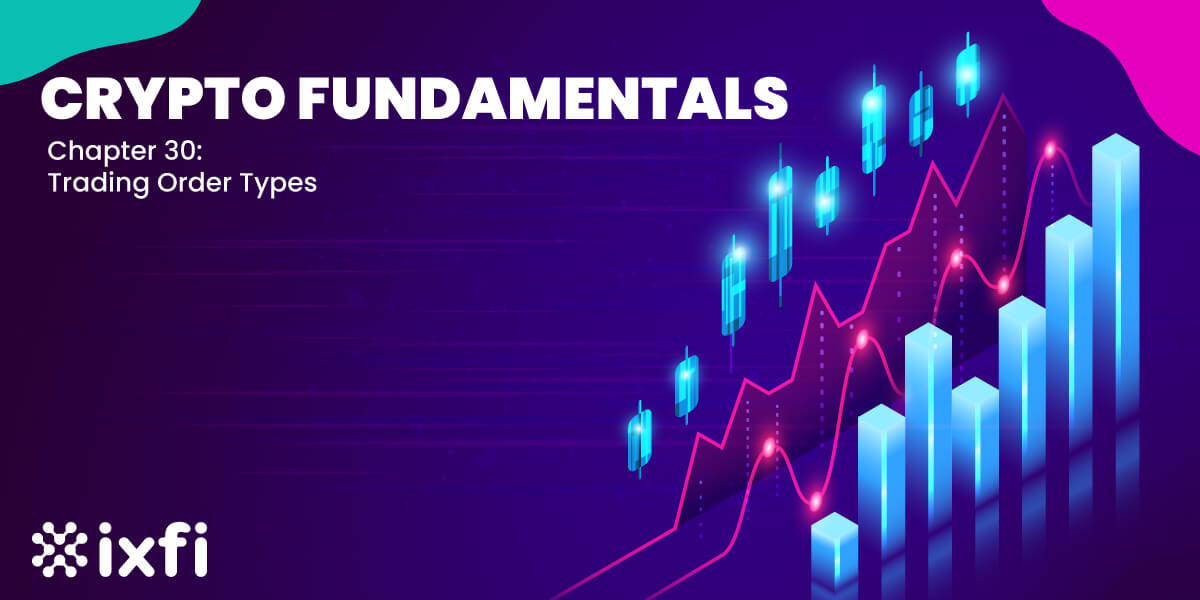What are trading orders?
A trading order is an instruction to buy or sell on a trading platform, like the crypto or equity market or any other financial instrument. These instructions can be simple or complicated and can be sent either to a broker or directly on the market if the platform grants this access to the user. However, there are some standard instructions for this type of order. Order-based transaction mechanisms match buyers with sellers that have complementary trading criteria.
If the buyer’s price is matching seller’s price, the transaction will be executed. Different orders allow traders to maximize the versatility and specificity of their trades for more significant profits. In most markets, orders are accepted not only from retail investors but from institutional investors too. Most of the transactions that go through brokers are forced to use one of these order types when executing. Markets facilitate different order types that offer a specific direction when a transaction is planned.
Market Orders
The Market Order is the most common and most straightforward trading order. A Market Order executes the transaction desired by the trader or investor at the best price available on the market at the given moment. This situation offers the trader the highest liquidity and the lowest control over the executed price. Therefore, the Market Order is suited for people that are not worried about the price fluctuation over a short period. For most traders, the Market Order is the most used type of trading order.
Limit Orders
The Limit Order is a little more complex than the Market Order. This is because the Limit Order creates a new order in the Orderbook, frequently at a lower price than the one available. The trader sets the ideal price, representing the price he is willing to pay for a specific asset in a custom amount. This process offers the trader more control over the price level of purchasing the investment but less liquidity. Liquidity is provided after a third party is willing to trade that specific price level. With all of this in mind, it’s worth mentioning that Limit Orders can be used to enter and exit the market.
Stop-Loss Orders
Stop-Loss Orders work precisely the opposite of Limit Orders. A Stop-Loss Order aims to offer a trader the highest level of control if the market moves in the opposite direction of the desired one. If the Limit Order has the purpose of maximizing a trader’s profit, the Stop-Loss Order aims to minimize his losses. This type of order is introduced as a potential exit order to close a transaction or an open trade but can be used to enter the market if the price breaks higher or lower at a certain price level.
What is Time in Force?
It’s essential to be specific with time parameters when we actively trade on any market, and we can Time in Force for this particular need. TiF is a special instruction: When placing an order, it allows the trader to specify how long the order will wait in the Orderbook before executing it. TiF is a helpful way to avoid the accidental execution of trades that can sometimes occur. By setting time parameters, we do not need to remember to cancel old transactions that haven’t been completed. In volatile conditions, as happens on the crypto market, an accidental execution can be costly when the price changes quickly.
As mentioned above, it’s essential to know how to correctly use an order type and profit from the benefits that technology offers us because this way, we can save a lot of money and time. But unfortunately, in a world where everything moves so fast, when we’re busy throughout the day, it can be not easy to check cryptocurrency prices as frequently as we should. This way, a trading strategy becomes more powerful when it is sustained by trading order types that help us trade better, sleep without worries, and be more confident in our strength.
For a better trading experience, register on Your Friendly Crypto Exchange. You can find over 450 cryptocurrencies and 1000 pairs on IXFI. Discover the endless possibilities.
Disclaimer: The content of this article is not investment advice and does not constitute an offer or solicitation to offer or recommendation of any investment product. It is for general purposes only and does not take into account your individual needs, investment objectives and specific financial and fiscal circumstances.
Although the material contained in this article was prepared based on information from public and private sources that IXFI believes to be reliable, no representation, warranty or undertaking, stated or implied, is given as to the accuracy of the information contained herein, and IXFI expressly disclaims any liability for the accuracy and completeness of the information contained in this article.
Investment involves risk; any ideas or strategies discussed herein should therefore not be undertaken by any individual without prior consultation with a financial professional for the purpose of assessing whether the ideas or strategies that are discussed are suitable to you based on your own personal financial and fiscal objectives, needs and risk tolerance. IXFI expressly disclaims any liability or loss incurred by any person who acts on the information, ideas or strategies discussed herein.


